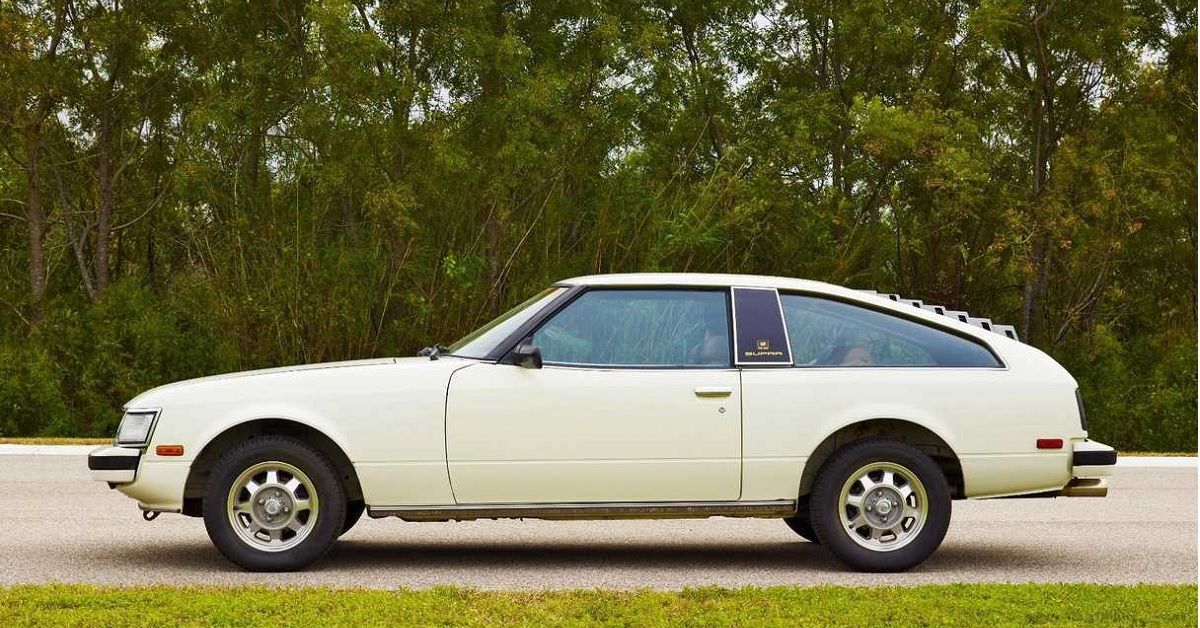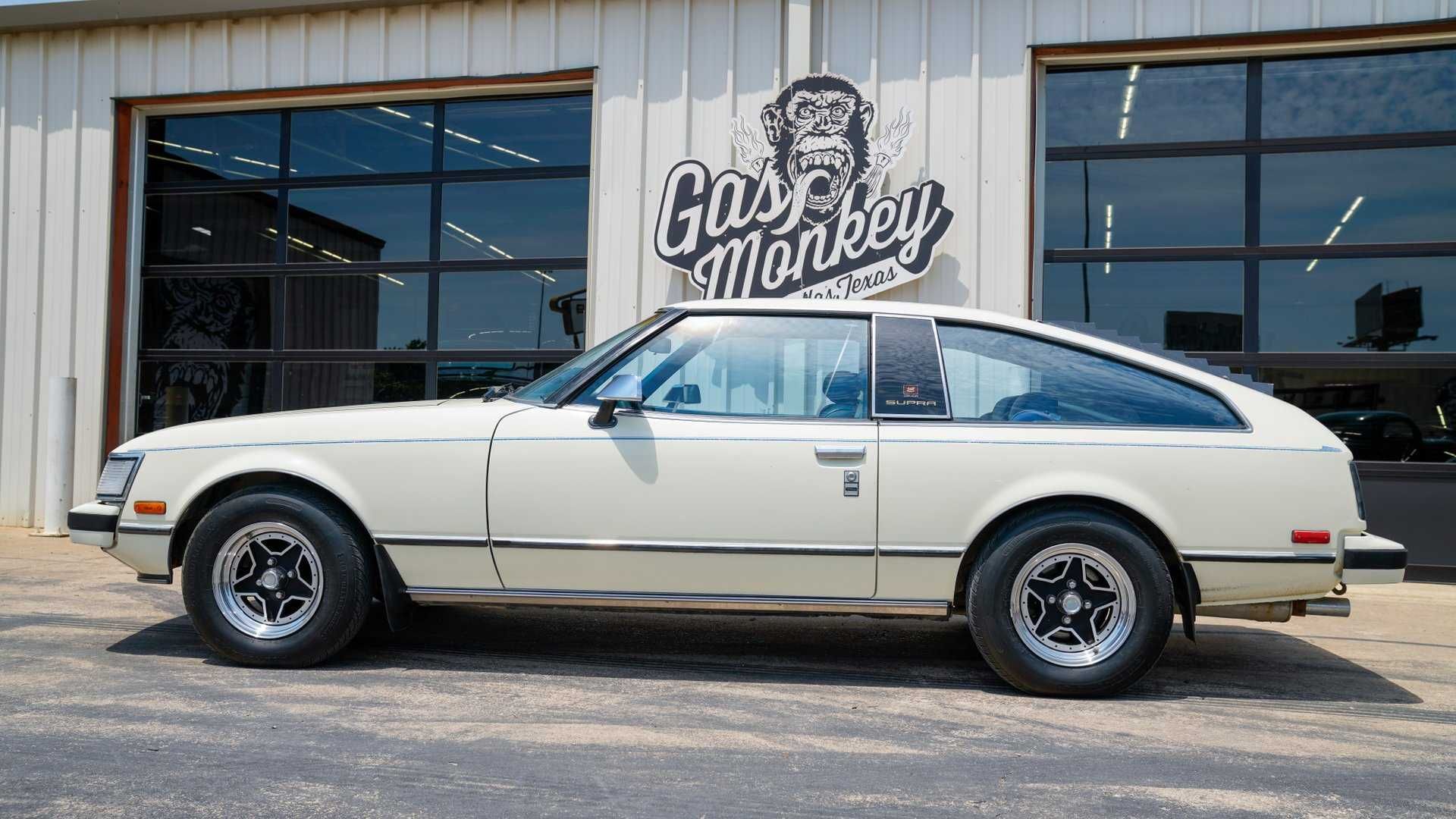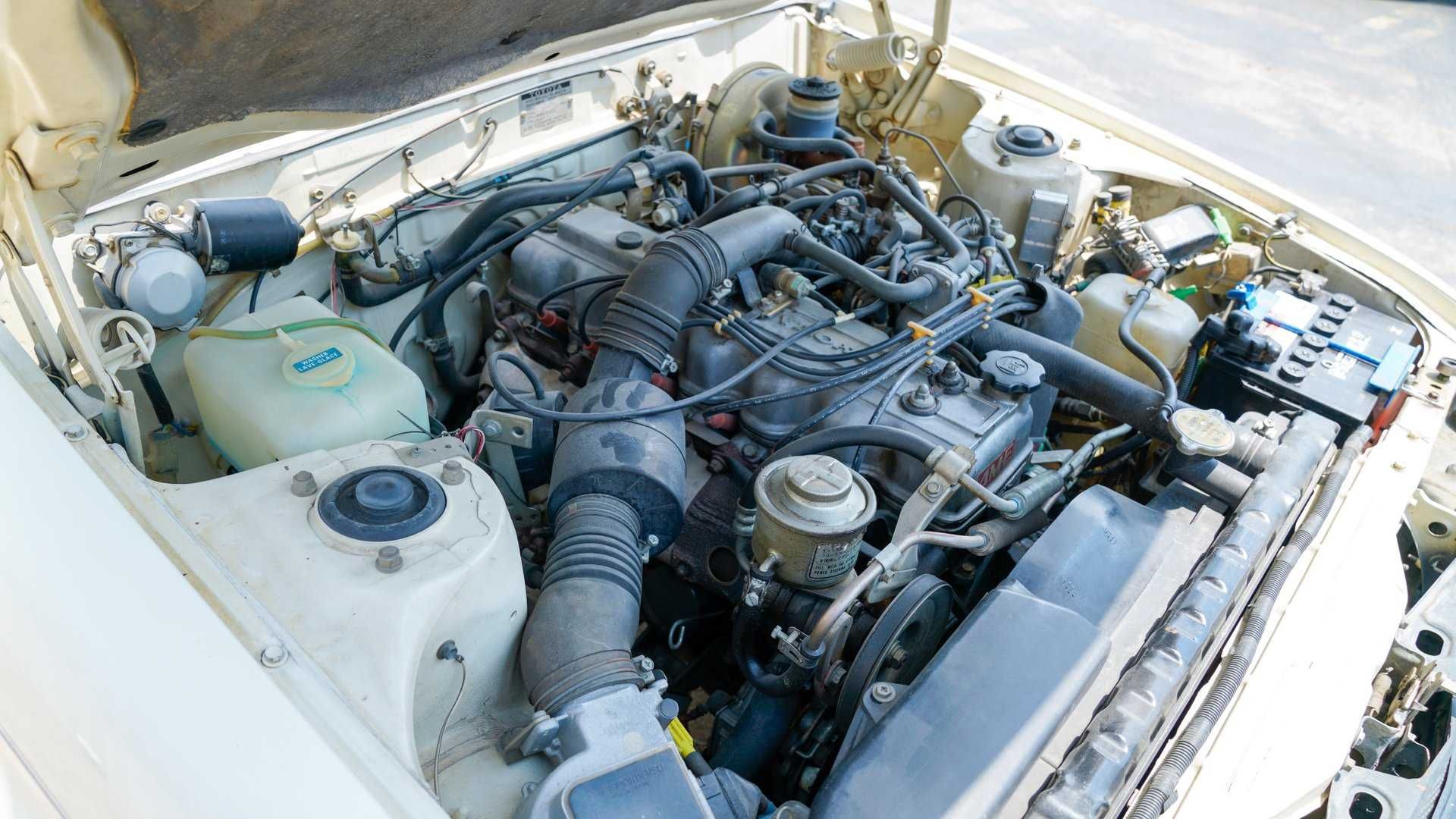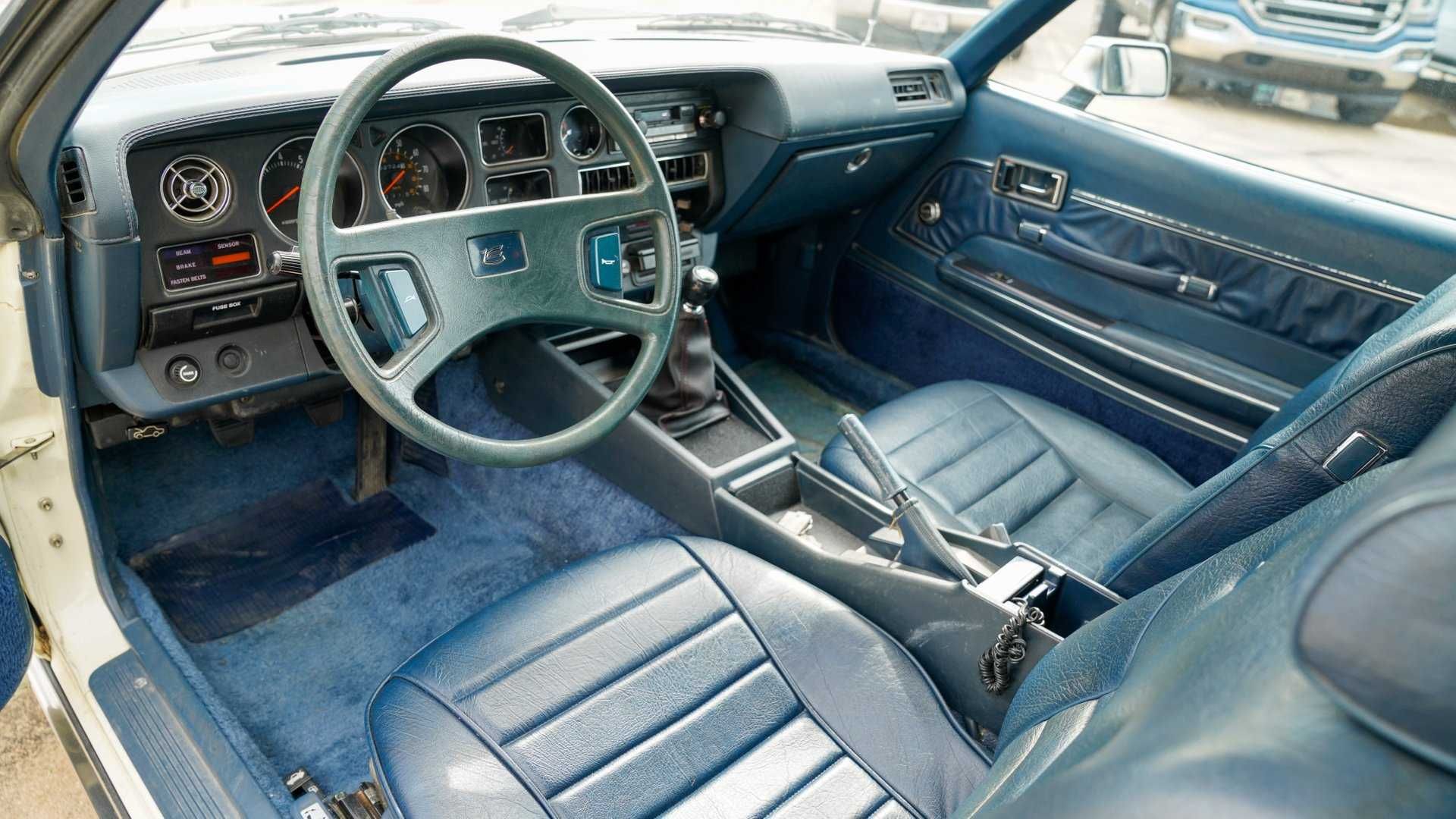Japanese auto giants Toyota put out a special sports car in 1978 and more than 40 years after this 3 door coupe still stands out. Although the new Supra models have come a long way since their 1978 introduction.
The 1978 Toyota Celica Supra opened the door for five more generations of this sports car that succeeded the Toyota Celica (A20/A30). Two models were produced when the Celica Supra hit the market.
The Celica XX (Double X) was initially made and sold to the local Japanese automobile market. Then in 1979, Toyota began exporting the Supra outside the Japanese market as the Toyota Celica Supra.
In effect, the Celica Supra hoped to be Toyota’s response to the supremacy of Mazda’s RX-7 and Datsun’s 280ZX at the time of release.
Let’s take a look back at the 1978 model of the Toyota Celica Supra, a car Toyota calls “a very special automobile”.
The Birth Of Toyota Celica Supra, A Very Special Automobile
Toyota was receiving lots of requests from customers for a more solid and powerful grand tourer of the Toyota Celica. In order to meet up with the rising requests, a six-cylinder coupe, the Celica Supra was launched.
The Toyota Celica liftback largely inspired the first generation of the Toyota Celica Supra but was still unique in its specifications. Though it shared similar rear segments and doors with the Celica, the Celica Supra spotted an elongated front panel.
This was done for the front panels to be able to carry the car’s Inline 6 engine as against the 4-cylinder that the Celica used. The liftback was however 129.5 mm shorter than the 1978 Celica Supra.
Wheelbase for the Japanese sports car stood at 103.5 inches/2,630 mm while it wore a length of 4,600 to 4615 mm. With a breadth of 65 inches, this 1978 luxury machine also spotted a height of 50.8 inches/51.6 inches.
The curb weight of the car was a solid 2,535/2800 pounds it still managed to give a steady drive.
Transmission, Performance, And Engine Specs
When Toyota first exported the Celica Supra out of Japan in 1979, there were two engine choices for the coupe. It came with a 2.6 liter 12 valve SOHC inline 6 engine. This delivered an output of 110 horsepower.
Or a 2.0 liter 12 valve SOHC inline 6 engine capable of an output of 123 horsepower. The model for the Japanese market carried a much smaller 2.0-liter engine.
This was a move done to save buyers from incurring extra taxes from regulations concerning vehicle size and engine displacements. Although Japanese buyers had to pay more annual road tax for installing a bigger engine.
Whatever the choice of engine was, they both were fitted with electronic fuel injection. In terms of transmission, the Toyota Celica Supra had more than one option.
You could either get an optional four-speed transmission or you get a five-speed manual transmission for the coupe. Whatever your choice, the two transmissions had an overdrive gear.
The optional four-speed transmission was equipped with an overdrive gear that accessed speed above 56 km/h or 35 m mph. However, the highest gear of the five-speed manual served as its overdrive gear.
When it came to the braking system, the sports car, Toyota gave the Celica Supra a standard four-wheel-disc for its braking system. The choice for a four-wheel-disc-brake system further reinforced Toyota’s drive to reach true braking excellence.
With a disc at every corner, the car also spotted a 4-link rear suspension and coil springs, a stabilizer bar, and a lateral track bar.
Convenience And State Of The Art Interior Of The 1978 Toyota Celica Supra
The Toyota Celica Supra’s interior promised convenience and a state-of-the-art interior and it did well to deliver. Its interior had a convenience package that included features like optional power locks and optional power windows.
These were both optional along with an optional sunroof for the Toyota Celica Supra. Additionally, special door trims that carried door pull straps and cruise control were part of the car’s convenience package.
As standard interior features, drivers got access to a flip-top armrest that also provided more storage space. Also, the center console housed an extended map light, adding further convenience while on-the-go.
A more detailed look through the cabin and you’ll find that the steering wheels were tilted steerings. The coupe came with a tonneau cover below its liftback and deep pockets with zips behind the front seats were available.
On the dashboard, you can find an array of useful gadgets and techs. An analog clock, a tachometer for measuring the speed of rotation made up the instrument panel.
For a little entertainment on a city cruise, a superb 4-speaker stereo with AM/FM/MPX enabled treated drivers to quality 1970s audio. With the Celica Supra, Toyota brings air vents to the rear seats of the car with an on and off switch to take in external air.




